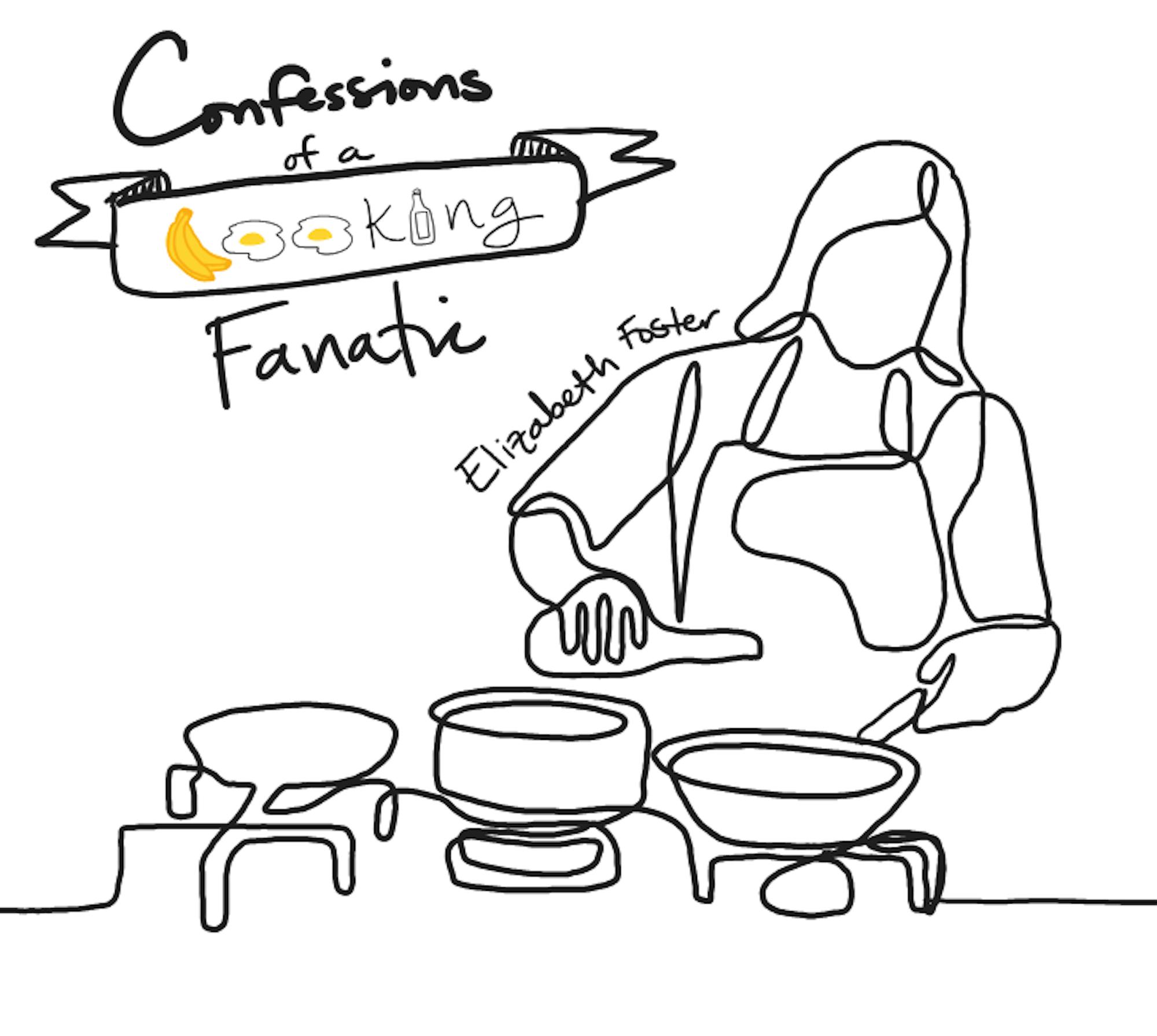I spent my Saturday afternoon baking three batches of chocolate chip cookies, totaling 42 little treats that I could bring to the CS TA soccer game (yes, an entire six-team soccer league consisting exclusively of teaching assistants for the Tufts Computer Science Department). I’ve (mentally) committed to bringing cookies to make up for my lack of skill on the field.
After a bout with a chocolate chip cookie recipe two weeks ago, I returned to the recipe with a vengeance (if you can call it that). I was disappointed with my cookie attempt then, and ultimately blamed it on overmixing the dough and the egg substitute I used. Thus, I approached the recipe with three total egg substitutes.
I’ve always been intrigued by the recipe creation and testing process, and this was my first time making the same recipe in succession. In retrospect, I probably should have baked half batches, but didn’t know how that would affect the end result. I was actually overwhelmed by the number of cookies. I baked so many cookies, in fact, that I couldn’t give them all away at the CS TA soccer league and had to bring a Tupperware full of cookies to a CS TA mixer later that evening.
Following the scientific process, I decided to keep butter as a control between attempts, using Earth Balance’s Vegan Buttery Sticks. I built on Erin Jeanne McDowell’s Vegan Chocolate Chip Cookie recipe with the following variations:
I was most excited to try Just Egg, a plant-based egg substitute made from a mung bean protein isolate, which claims to work as an egg substitute in baking. I was skeptical but intrigued after being pleasantly surprised when I attempted to scramble eggs. While McDowell’s recipe calls for 2 tablespoons of water and 1 tablespoon of flaxseed, I opted to translate this to 3 tablespoons of Just Egg.
For the second iteration, I used aquafaba, or directly translated as “bean water” (and they said Latin was useless). In practice, this is the extra water that comes in a can of chickpeas. Common substitution guides recommend 3 tablespoons of aquafaba for every one egg in baking. I debated testing the aquafaba from several different cans of chickpeas, but that seemed excessive.
By this point, I had developed my technique and stopped over mixing the dough, learned much about how heat works in my oven (the lower rack is much hotter than the upper rack) and I was ready to return to The New York Times’ original recipe, which calls for a flax egg. And yet, I was still so disappointed. The recipe called for the wrong ratio for a flax-egg substitute. It was really, really dry and was difficult to mold into balls. If I made this recipe again (unlikely after my chocolate chip cookie burnout), I would make my flax egg with three tablespoons of water.
But truthfully, the Just Egg substitute was the best, so much so that my soccer team was shocked to learn that the cookies were vegan.






